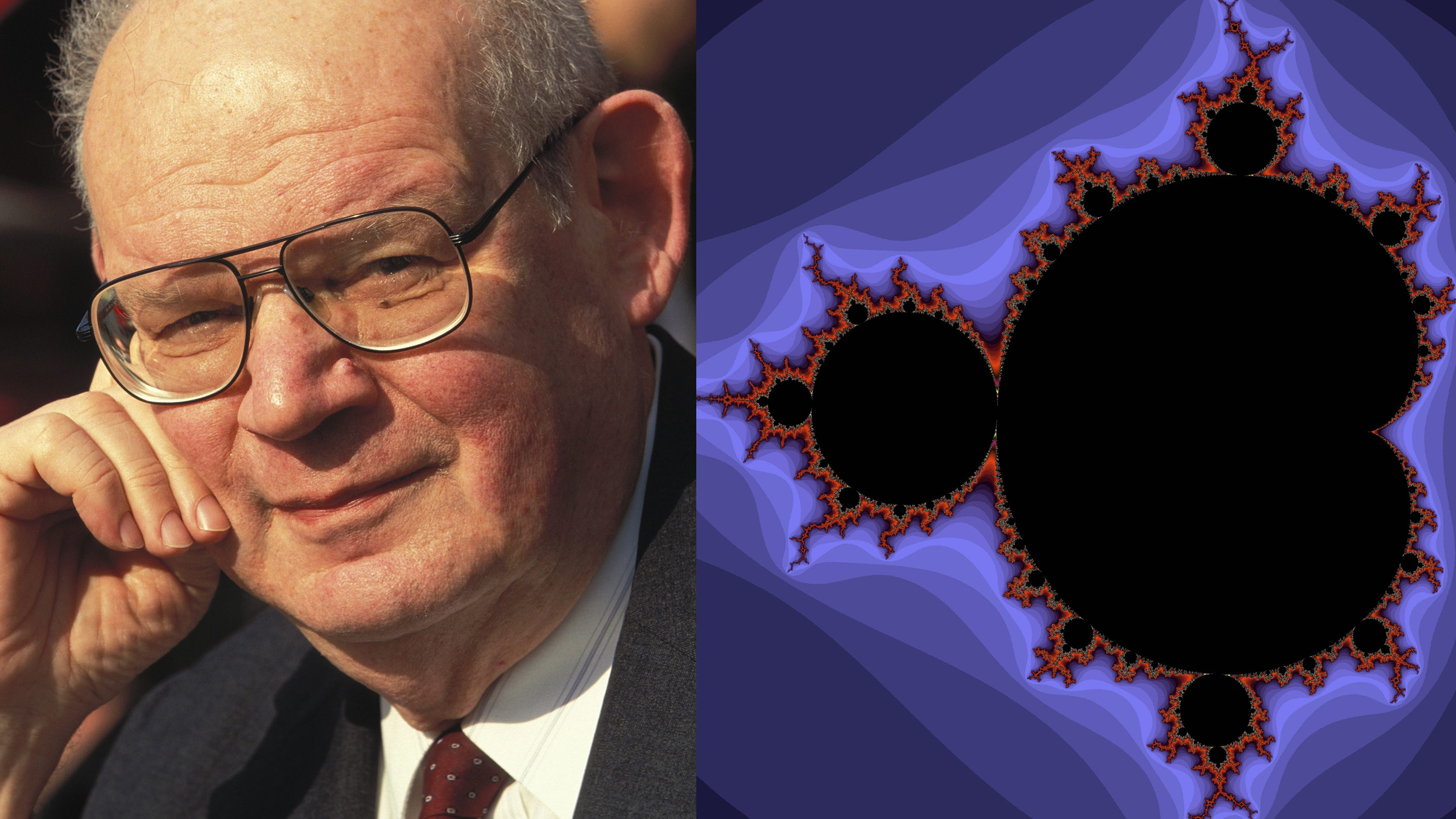Happy birthday to Benoit Mandelbrot, the discoverer of fractals
He is known as the "father of fractals" for having discovered one of the most important patterns in nature.

Renowned mathematician Benoit Mandelbrot's birthday is today (Nov. 20) and Google published a doodle in his honor.
French-American mathematician Mandelbrot is known as the "father of fractal geometry," for having defined one of the most important patterns found in nature: fractals. Fractals are infinitely repeating mathematical shapes; no matter how much you zoom in on them, the same irregular shape will repeat over and over at infinitely smaller scales. [You can see a neat visualization of a fractal from Google.]
This pattern can be found everywhere in the natural world, such as in snowflakes, in clouds and in seashells. But fractals can also be used to describe how things work in astronomy, computer science, economics, finance and even the stock market, according to Britannica.
Related: Images: the world's most beautiful equations
Mandelbrot was born in 1924 in Warsaw, Poland; his parents were Lithuanian Jews, according to a short biography published by Google. Interested in chess and his father's map collection, he was exposed to mathematics and geometry at a very young age. In 1936, his family moved to France and he later studied in Paris and the U.S., receiving a master's degree in aeronautics from Caltech and a doctorate degree in mathematics from the University of Paris in 1952.
He then did research at the Institute for Advanced Study in Princeton, New Jersey for a year, and then worked from 1958 to 1993 at the Watson Research Center IBM in New York, where he studied repetitions in signal noise; that work became the inspiration for his later discoveries, according to Google. In 1975, he came up with the term "fractal geometry" and seven years later he taught it to the world with his book "The Fractal Geometry of Nature" (W. H. Freeman and Company, 1982), according to Google.
"Why is geometry often described as cold and dry? One reason lies in its inability to describe the shape of a cloud, a mountain, a coastline or a tree," Mandelbrot wrote in his treatise.
Sign up for the Live Science daily newsletter now
Get the world’s most fascinating discoveries delivered straight to your inbox.
In mathematics, the set of complex numbers (those that contain both real and imaginary parts) that followed this iterative pattern became known as the "Mandelbrot set." In 1987, he began teaching at Yale University. Throughout his life, he won many awards and honorary degrees, including the Wolf Foundation Prize for Physics in 1993 for his work on fractals, according to Britannica. His work on computer graphics also ushered in a new use of computers to solve math problems.
"So much of science is about specializing, looking ever more closely at ever narrower parts of the world," Mandelbrot's son Dr. Didier Mandelbrot told Google in honor of his dad's birthday. "Benoit was a rare person who looked more broadly and by this, saw more deeply. "
Mandelbrot died of pancreatic cancer in 2010 in Cambridge, Massachusetts, at the age of 85.
Originally published on Live Science.

Yasemin is a staff writer at Live Science, covering health, neuroscience and biology. Her work has appeared in Scientific American, Science and the San Jose Mercury News. She has a bachelor's degree in biomedical engineering from the University of Connecticut and a graduate certificate in science communication from the University of California, Santa Cruz.










